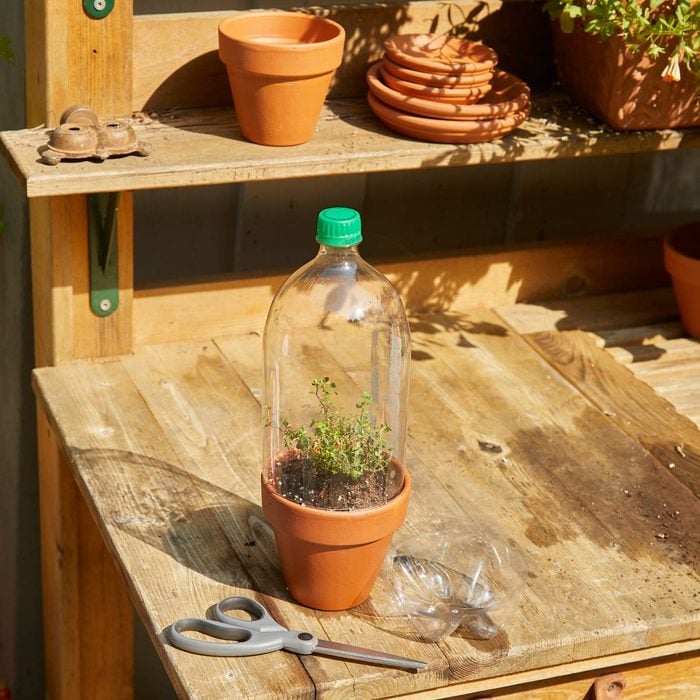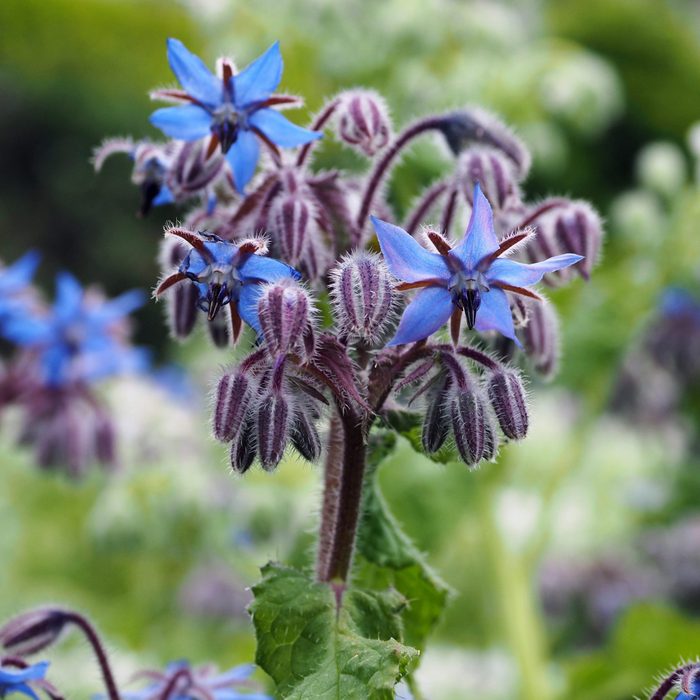
Plant Self-Seeding Annuals
Some plants just keep on giving. Many annuals, like blue-flowered edible borage, readily self-sow in undisturbed open soil.
How it works:
Plant them, let them go to seed after blooming and they happily sprout the next spring. Jentz is partial to cosmos, marigolds, basil and dill. You can also ensure they grow where you want them by snipping a few seed heads when dry and planting next spring
Why we like this:
The more plants that self-seed, the fewer you need to buy at the garden center.
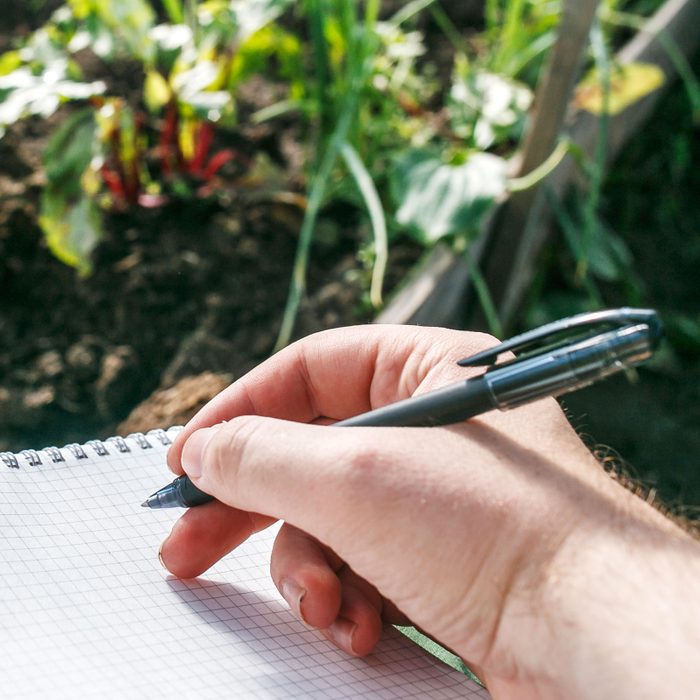
Keep a Garden Journal
As the saying goes, failing to plan is planning to fail. Keeping records helps you maximize successes and avoid repeating mistakes, which saves time and money.
How it works:
Write down what you planted, when it bloomed, any weather or pest challenges, and how it performed. You can use a notebook, your computer or a dedicated garden journal.
I enjoyed writing and sketching in my notebooks. Now I keep a log on my computer that’s searchable by keyword, so I don’t have to remember which year I planted something. I just search the plant name!
Why we like it:
“The better information you have and the neater it is organized the better” your next season will be, says Jentz. That way, you won’t buy that same packet of seeds every year. “It will tell you what you had success with so you’ll know, ‘This is the cucumber I liked and it did well for me,’ ” she says.
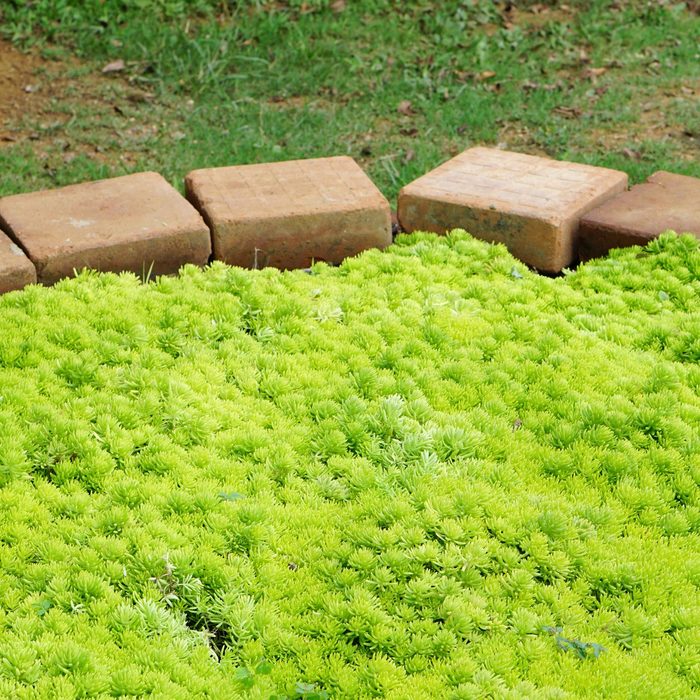
Groundcovers as Lawn and Mulch Alternatives
Covering the ground protects your plants and the ecosystem within. It saves money in several ways, from conserving water and time spent weeding to preserving your soil quality and preventing erosion.
How it works:
Choose groundcovers appropriate to your site, whether sedum in sunny spots or epimedium in shady corners. These play nicely with your other plants without overwhelming them.
Why we like it:
Groundcovers suppress weeds, creating healthier plants and saving time. They hold moisture in the soil, cut down on water use, nourish the soil biome and prevent erosion and stormwater runoff. This can translate to savings or rebates in states with stormwater taxes and water-saving incentives, Jentz says.
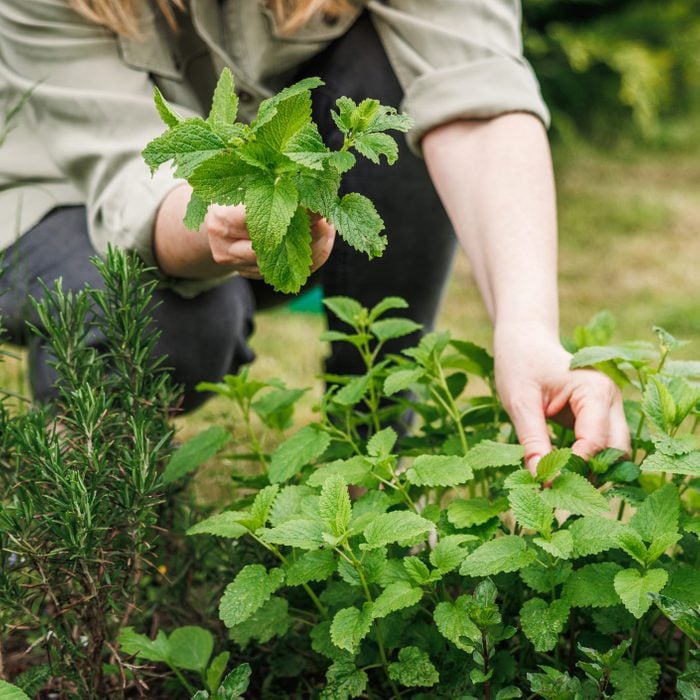
Grow Your Own Herbs
What if instead of running to the market and paying $3.99 for a handful of cilantro or basil, you could have 30 plants for the cost of a seed packet? You probably won’t grow them all in one year, but you get the idea.
How it works:
Chives, basil, dill and cilantro are all easily grown from seed. You can also propagate woodier perennial herbs like thyme or rosemary with cuttings from a friend’s plant, grown in seedling mix or perlite with rooting hormone.
Why we like it:
“I always suggest everyone should have at least one pot of mixed herbs at your door to save money on your grocery bill,” Jentz says.
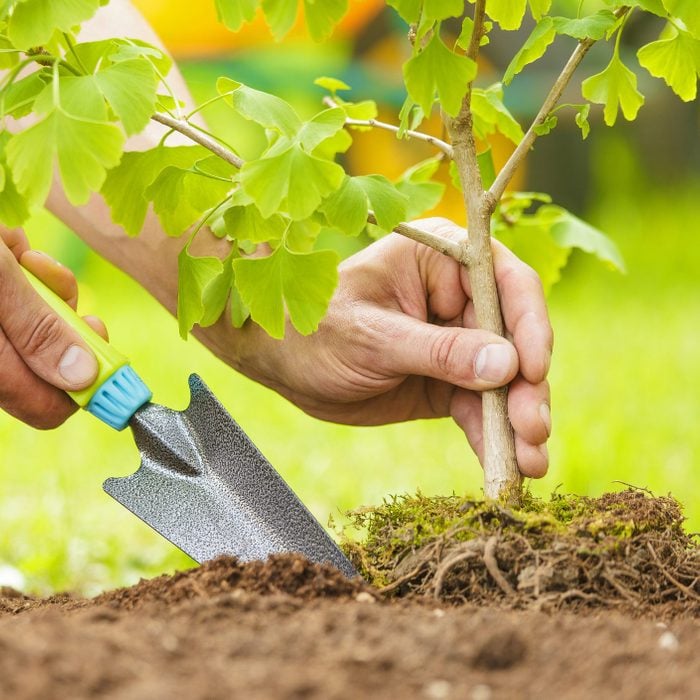
Save on Energy Bills by Planting Trees
Planting trees in the right position on your property can save up to 20% on energy bills, according to the Arbor Day Foundation. Trees block winter winds and offer shade from summer sun.
How it works:
For wind protection, plant trees facing any exposure but south. For shade, site your trees so they block the sun on east-facing walls and windows from 7 a.m. to 11 a.m., and on west-facing ones from 3 p.m. to 7 p.m. during the summer months, according to Utah State University Extension.
Plant the tree with space to allow its mature root and crown system to develop clear of structures and power lines.
Why we like it:
In addition to cutting your energy costs and their natural beauty, trees help sequester carbon and supporting the ecosystem above and below the soil.
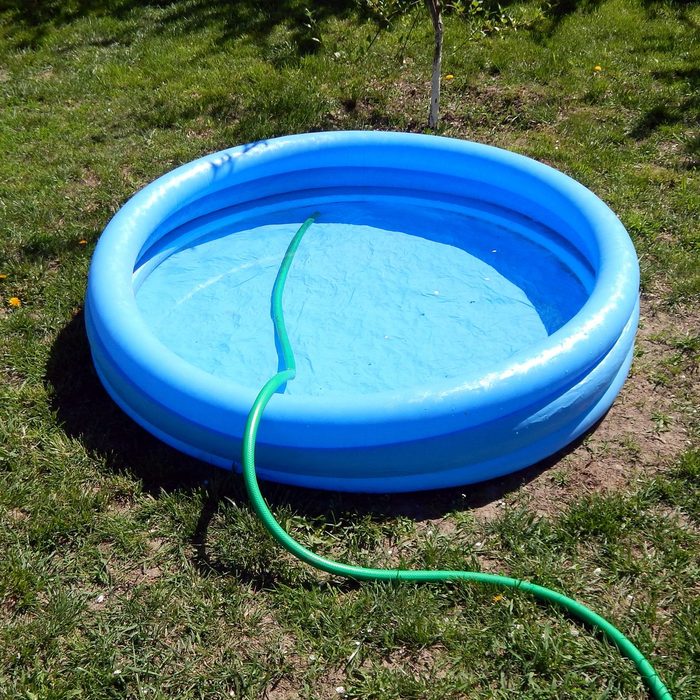
Kiddie Pool Plant Nanny
Heading away from home? You may not need to hire the neighbor’s teen to come water your plants, as long as they can fit in a kiddie pool!
How it works:
“When I’m going away for more than a three-day break in summertime, I corral my containers in a kiddie pool and fill with a few inches of water,” says Jentz. The plants wick the water through the drainage holes in their pots, and the surrounding water raises the humidity a little too.
Depending on the size of the plants and how hot the temperatures are while you’re gone, the kiddie pool should last a week or so, Jentz says.
Why we like it:
Finding another use for the kiddie pool is nice, but the peace of mind that your tomato plants will be OK while you’re away is priceless.
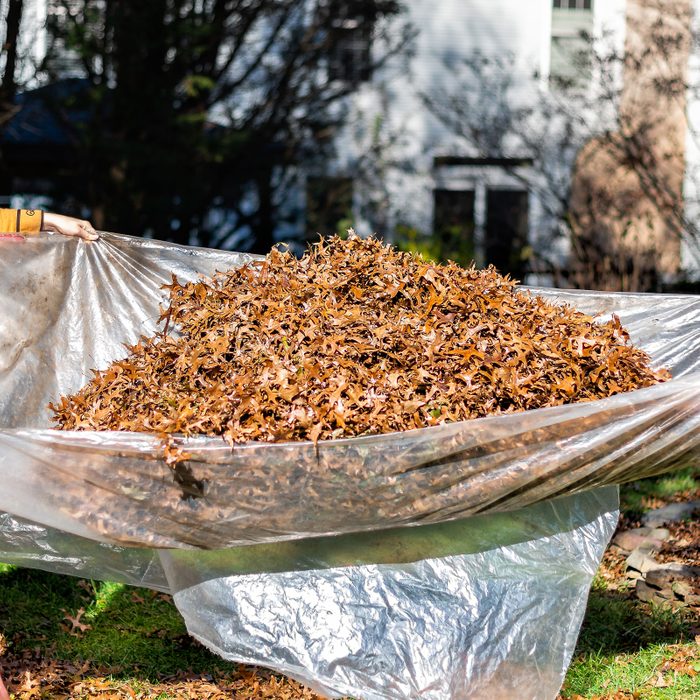
Shower Curtain Does Double Duty as a Tarp
No tarp? No problem! While a good tarp is an excellent help around the house and yard, sometimes it’s busy on a painting project or covering a canoe.
How it works:
An old shower curtain can perform the same waterproof catchall function to corral shrub trimmings, protect your patio while planting containers or move compost to your garden beds.
Why we like it:
Sometimes you just need to MacGyver a project, because you don’t want to buy more stuff. And that old shower curtain you didn’t know what to do with gets a second chance to be useful.
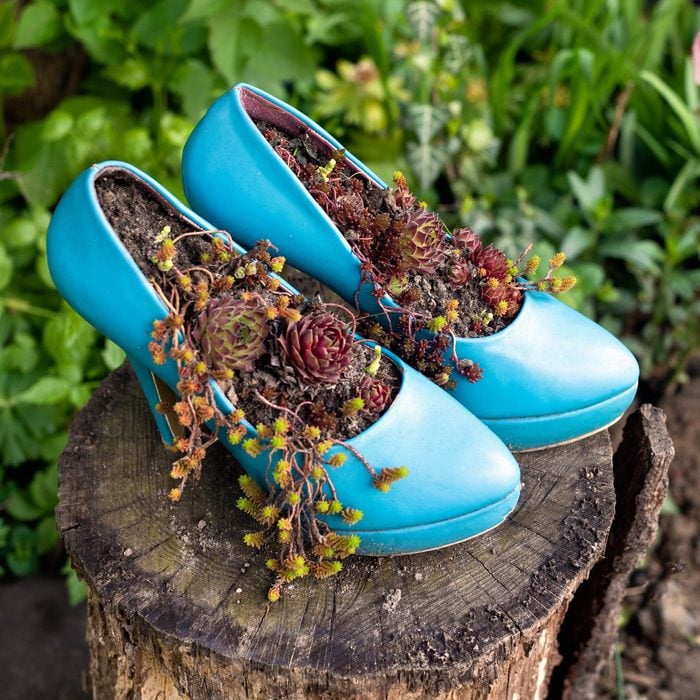
Upcycle Containers
Containers, whether ceramic, metal or even plastic, can take a lot out of your garden budget — but they don’t have to. With a little creativity, you can convert almost anything into a showcase for your plants.
How it works:
“Anything is a container as long as you can have a drainage hole, or can add one with a drill,” says Jentz. “Those without can be a water garden for a waterlily or other water plants.”
You can start small with boots or a toy firetruck, but there’s no limit. Plant a boat, a bathtub or even a grand piano, like Washington state seed purveyor and television host Ed Hume has done in his display garden.
Why we like it:
You’ll save money on containers while expressing your personality and adding a little fun to the garden.
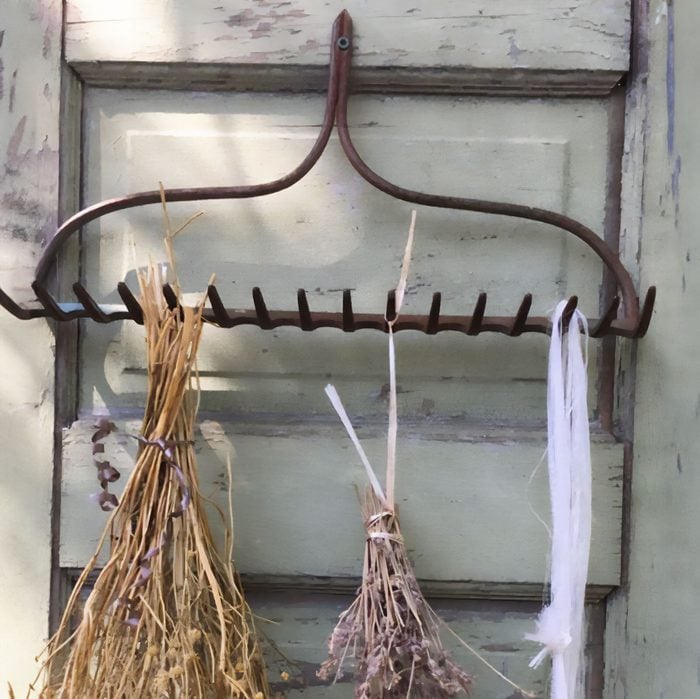
Give Metal Tools a New Life
Even the highest quality wooden tools eventually break, usually at the handle. Yet often, the metal tool itself remains as strong as ever. Why not make use of this sturdiness in a creative, artistic way that proclaims your love of gardening?
How it works:
Jentz has mounted rakes and other tools on walls in her work areas as herb drying racks and tool holders for other garden tools or gloves. Experiment with your tool, seeing how it might work hung upside-down or sideways. You’re sure to find myriad uses for them.
Why we like it:
You may still need a new rake, but you’ll gain a free drying rack or trowel-holder.
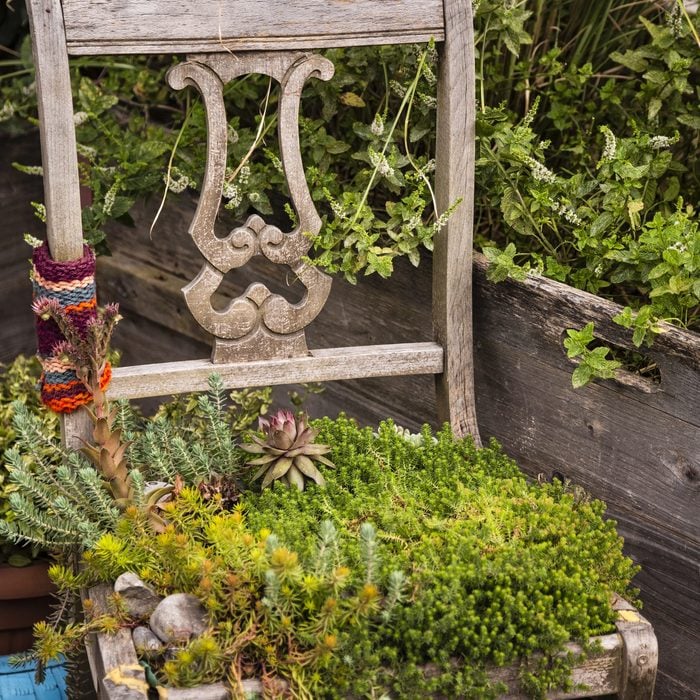
Indoor Furniture Comes Outside
If your garden needs some accessorizing, check your attic for inspiration. There are probably things that have seen better days but are sturdy enough for the garden for years to come.
How it works:
Need a trellis for a climbing vine? Jentz likes using a ladder or chair and painting it a fun color. A chair or bench that’s lost its seat can be covered in moss or planted. A candelabra can be covered in a flowering vine or string lights to create a magical atmosphere.
Why we like it:
You’ll add flair and color to your garden without buying anything new, while a little piece of your history gains new life in the sun.
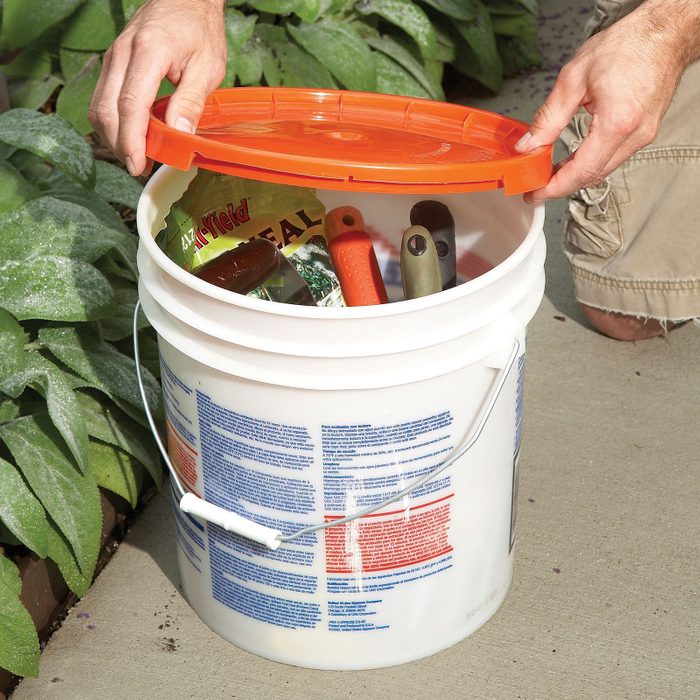
Reuse Buckets as Tool Caddies and Storage
A covered, handled bucket is a garden multitasker. You can buy buckets, but there’s usually no need.
How it works:
I’ve used five-gallon paint buckets to take home free compost in my car. Jentz likes to use a former kitty litter bucket as a tool caddy that easily comes along for all her garden tasks.
Why we like it:
Having a cover means you can keep soil amendments dry over the winter, while the handle lets you bring all the tools you need for your day’s jobs. It’s also a great way to find a second use for plastic.
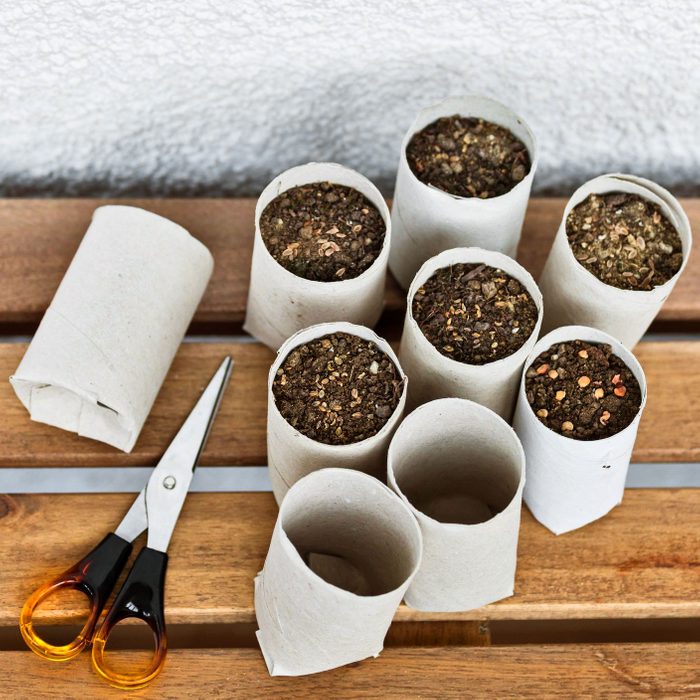
Plant Seeds in Toilet Paper Rolls
One of the inconveniences of indoor seed-starting is all the plastic pots used as you “pot up” from initial tiny seed trays to the second round of larger sizes. In this method, you plant into biodegradable toilet paper holders.
How it works:
Jentz likes to cut her toilet paper rolls by one-third or so and fold the bottoms in to make a soil-holding base.
Why we like it:
This solution lets you reuse the “free” cardboard, resulting in less use of plastic. And when the seedling is ready and you’ve “hardened it off” gradually to outdoor temperatures, you can plant it right in the garden, forgoing some transplant shock.
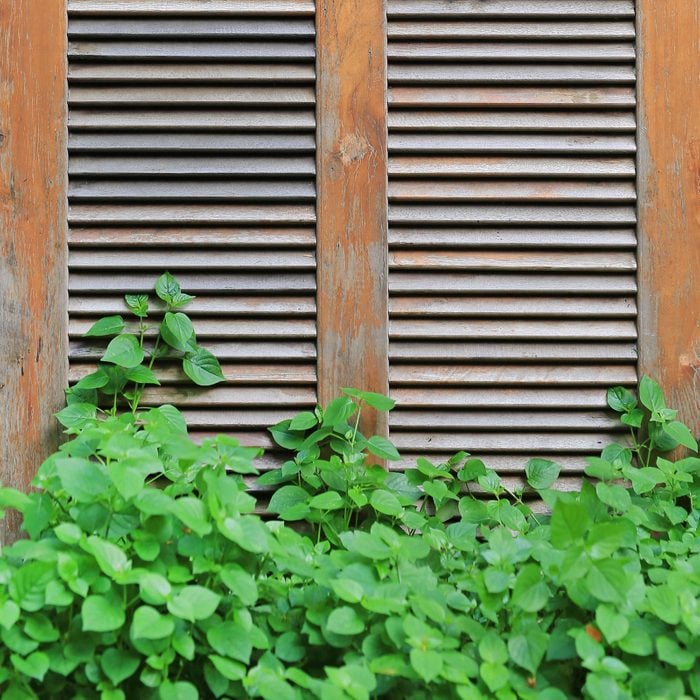
Shutters Become a Screen
A garden screen can create privacy, divide an area, or set a scene as a backdrop for a patio or collection of pots. If you have a pair of shutters hanging around the garage, you can create a custom standing screen in a day.
How it works:
You’ll need L-brackets on the base to help the shutters stand, Jentz says. Some people attach rebar on either side to go into the ground, using a pipe hanger strap to hold the rebar, she says. Then paint away to create the vibe you desire.
Why we like it:
Screens are one of those decorative pieces that can transform the feel of your garden space, and this one is so simple. As a bonus, you can hang lightweight flower pots on the shutters for fun.
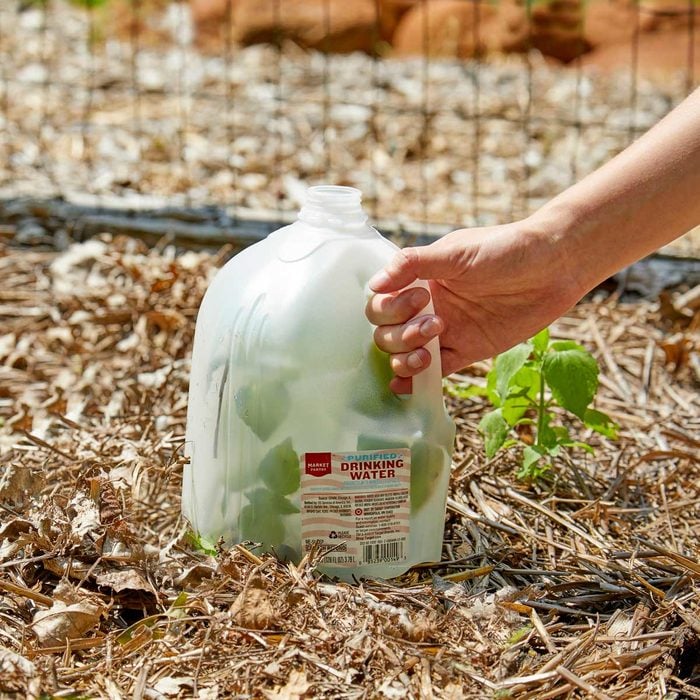
Keep Veggies Warm in Spring and Fall With Milk Jugs
When temperatures are iffy and your tender lettuce seedlings are outside, you want to protect them. Instead of purchasing a cold frame, you can simply convert milk jugs into temporary mini greenhouses that extend the growing season.
How it works:
Simply cut off the base of the clean milk jug, remove the cap and place it over the seedings. Push the jug into the ground to keep it from blowing away, or poke landscape pins through the jug to hold it in place.
Why we like it:
Cold frames and mini cloches can get expensive, especially if you have more than a few plants. This way, you protect your produce at no additional cost.
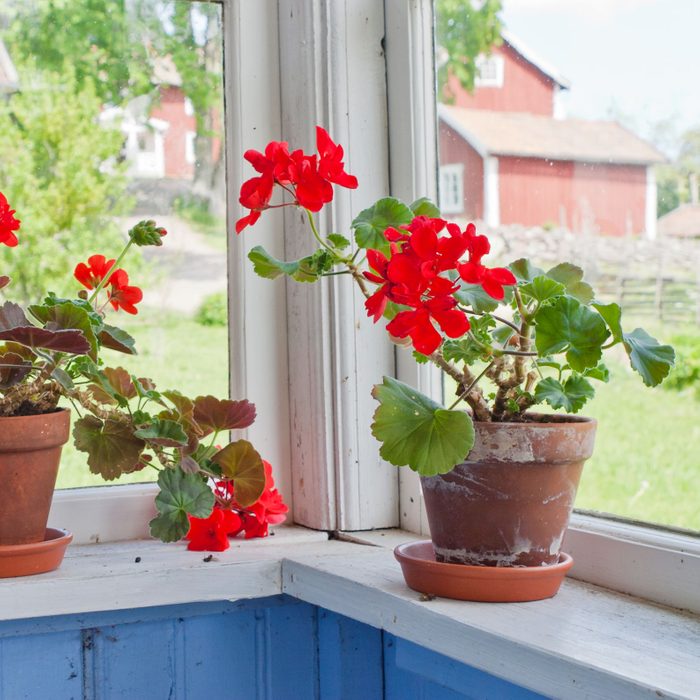
Never Buy Geraniums Again
Geraniums (Pelargonium spp.) are among the toughest annuals around, but not just because they’re long-blooming and drought-tolerant. Once I threw one, naked and potless, behind a bay leaf tree in the fall. In spring, I found it roots up but leafing out!
You can give your geraniums an even easier time and save all that money you would spend replacing them each year by bringing them inside.
How it works:
If you have a full sun window, keep watering them and let them grow all winter, cutting them back by one-third before hardening them off and bringing them outside in spring.
Or keep them in a cool room inside like a garage or unheated shed and let them go dormant, giving only the slightest water every few months until you see signs of life, or it’s warm enough to bring them outside.
Why we like it:
It’s wonderful to keep them growing for years, saving money at the same time.
You may enjoy finding and growing some specialty geranium types, like Ivy, fancy-leafed and scented geraniums. Fancy-leafed and scented geraniums are grown more for foliage than flowers. But with their patterns and scent, I don’t miss the flowers.
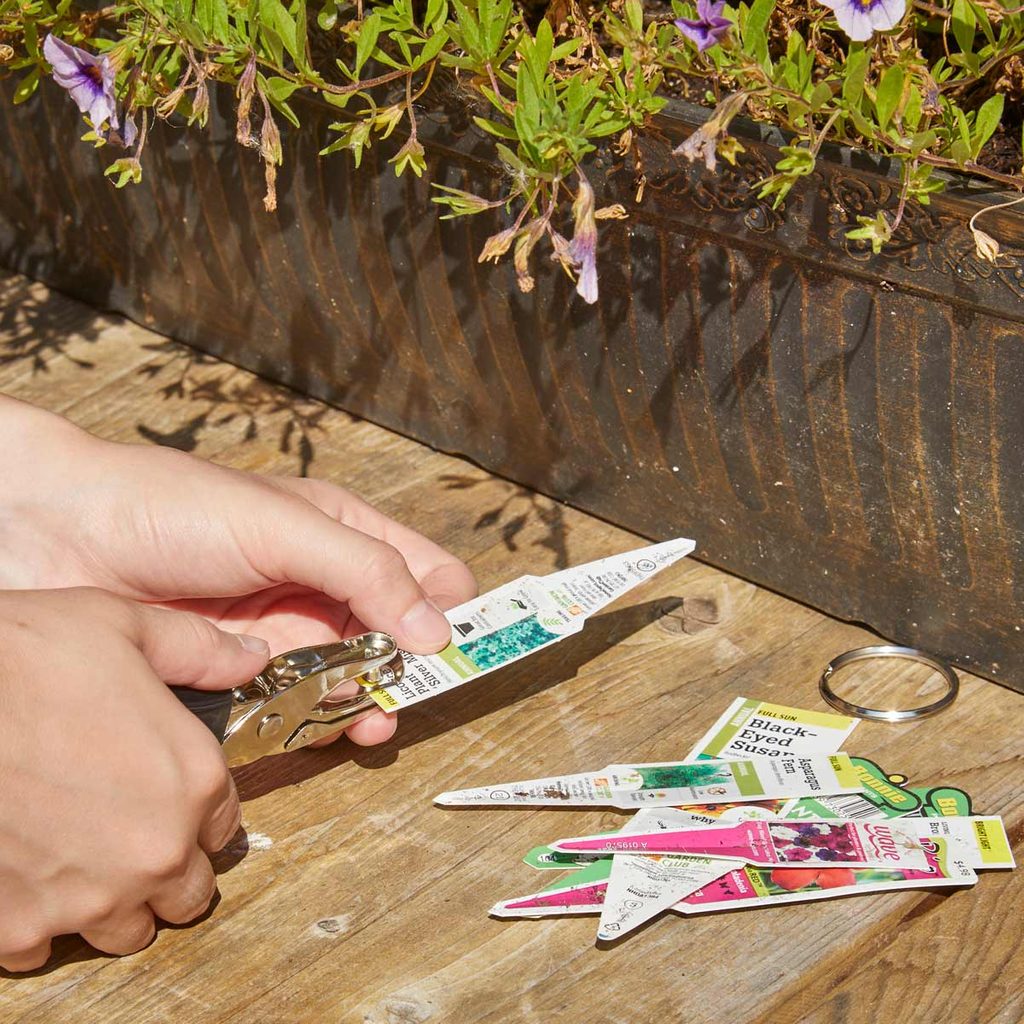
Keep Plant Tags Handy
You know those plant tags you save to reference later, but aren’t exactly sure what to do with? Keep them organized and close at hand with this simple method.
How it works:
Punch holes in the tags with a hole punch and slide them onto a key ring.
For longer-term storage, Jentz staples her tags to her garden journal pages. I’ve also seen people use plastic trading card holders or plastic notebook sleeves to hold tags.
Why we like it:
Plant tags carry the name of your plant, crucial for knowing what you’re growing and if it’s an annual. This helps you decide if you should grow it again next year. They also feature critical information about spacing, water and light needs.
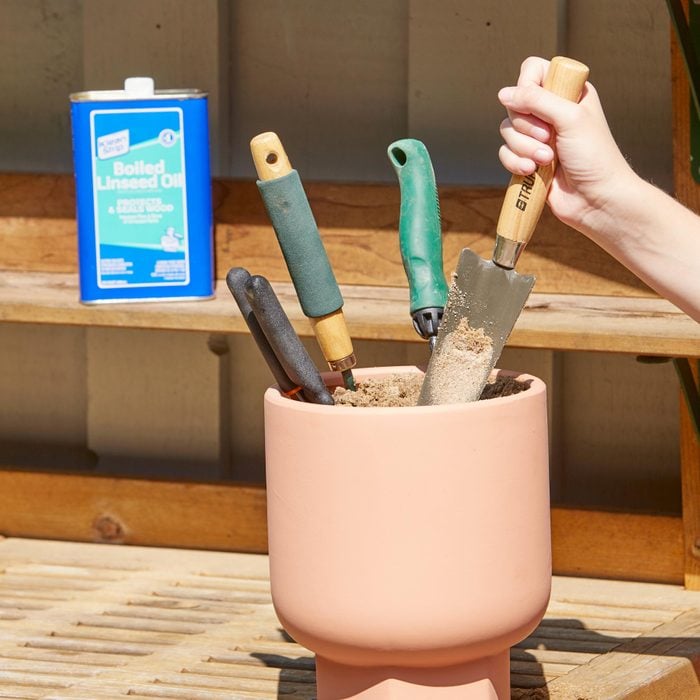
Keep Tools Rust-Free
Preserve your tools so they’re in good shape for next season by storing them in a bucket with sand and oil.
How it works:
Plunging a blade, tines or teeth into the sand a few times cleans off dirt and gives them a light coating of oil for rust prevention.
Jentz says you can fill a bucket with sand and mix in a little linseed or even used motor oil. Avoid cooking oils like canola, which can attract animals, Jentz says. Also, go easy on the oil — she says a little goes a long way.
Why we like it:
Many people despair and buy new tools at the first sign of rust. But if they tried this hack, their tools would stay in top shape.
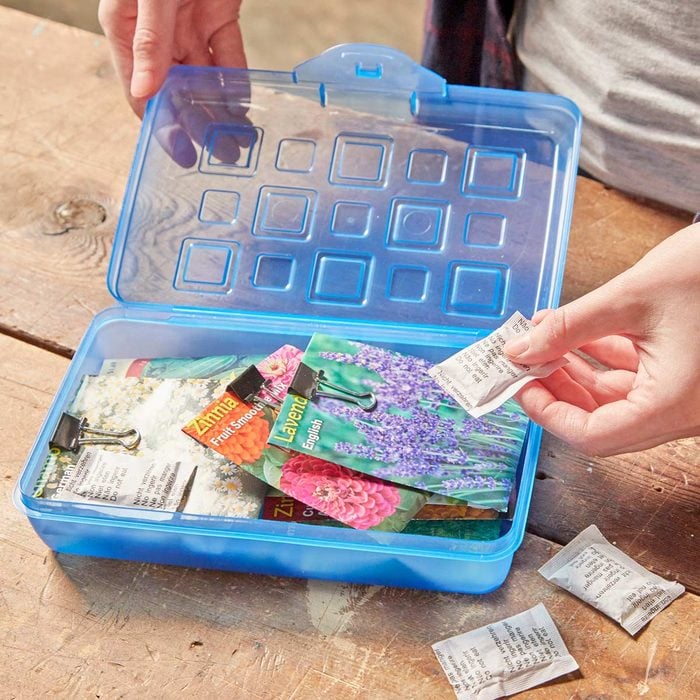
Photo Organizer Seed Keeper
An easy, portable “seed suitcase” to keep your seeds viable and labelled.
How it works:
I keep my seeds in two plastic photo organizers — one for flowers, and one for vegetables.
For the model I have, each outer “suitcase” holds 12 containers that snap closed, so I can take individual containers out to the garden easily at planting time. I made removable labels for each kind of seed, organized alphabetically. They include some temporary ones like “sow in August,” whose contents will shift according to my needs that year.
Why we like it:
These are “archival” air-tight photo containers, which keep the seeds dry. The suitcase-style is convenient to carry around, and the see-through containers make it easy to identify the seeds within.
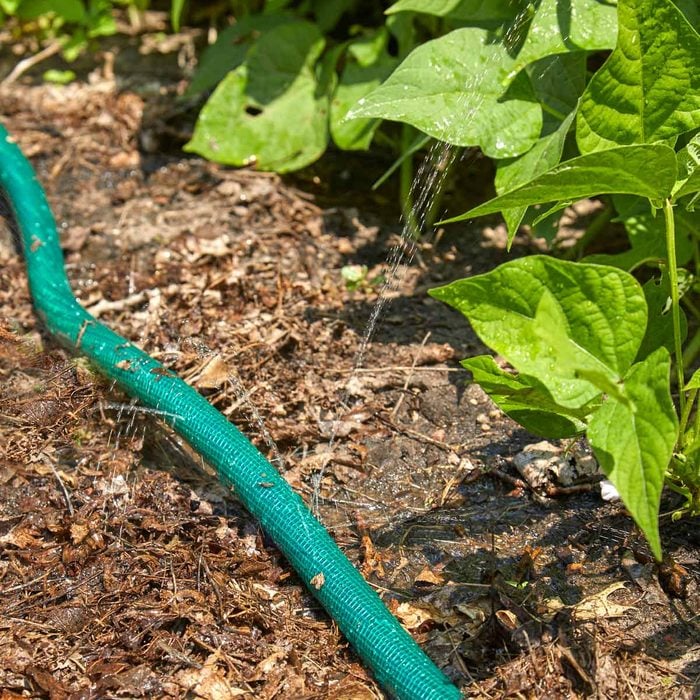
Save Water With a Soaker Hose
Soaker hoses save water and promote healthier plants than sprinklers. They bring water to the roots where plants need it.
How it works:
Soaker hoses work better than traditional hand-watering or sprinklers in two ways.
First, watering by hand or sprinkler wastes significant amounts of water by evaporation. Second, sprinklers water the leaves of the plants instead of the roots, which need it the most. And it can make plants more susceptible to fungal infection or disease.
Why we like it:
You only need to set them up once, so there’s no need to drag the hose around the yard every time you water.
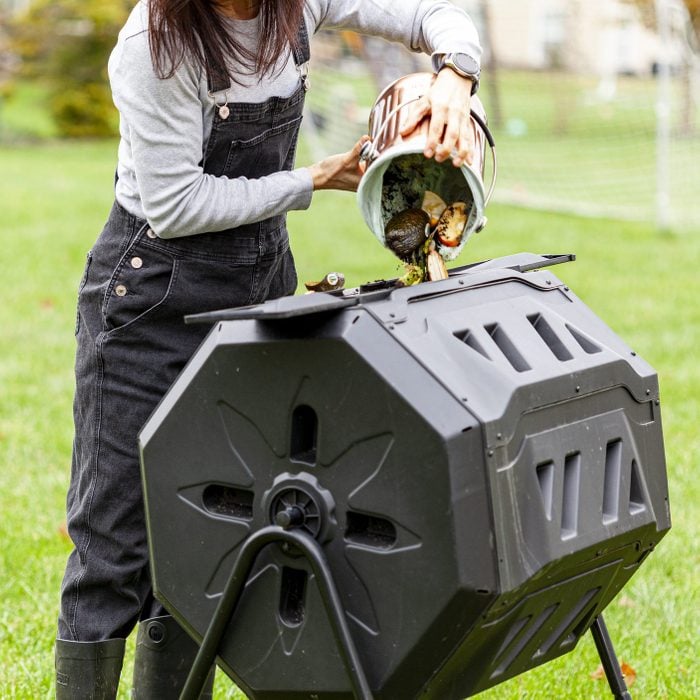
Make Your Compost
Gardeners call it “black gold” for a reason.
How it works:
Compost is a near-magical component improves most kinds of soil, helping it absorb water and become better aerated. Instead of buying it, why not make your own?
Your pile can be in a simple DIY chicken wire hoop or a wooden frame, or you find a tumbler on a neighborhood swap group.
The methods feature a mix of brown (dead) and green (fresh) organic matter, kept moist and warm. (Use only clean vegetable food scraps, not meat or dairy.) The more you stir it, the more you add to it, the more active the pile becomes and the faster you get results.
Why we like it:
Composting saves you from buying purchased bags of lesser quality and unknown ingredients, and keeps your carbon on-site.
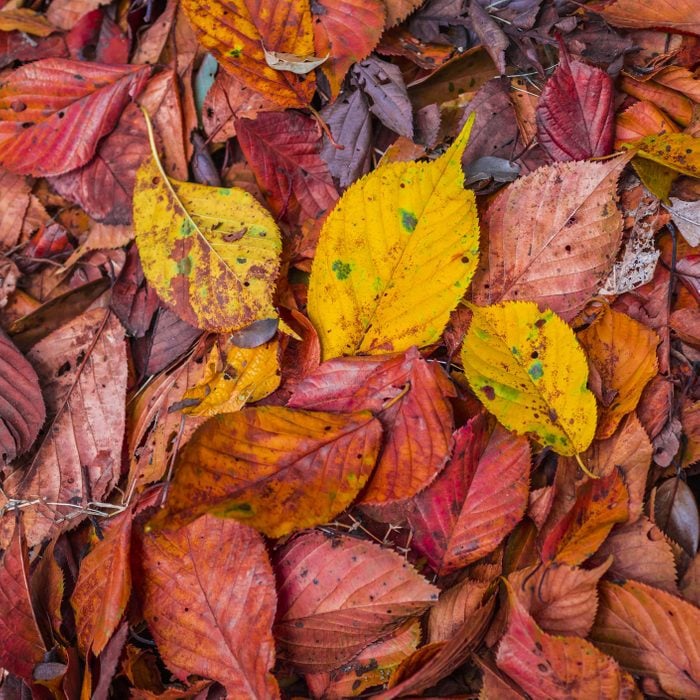
Leave Your Leaves To Save on Work and Fertilizer
Stop raking and buying compost in fall.
How it works:
Traditional garden wisdom recommends top-dressing with compost each fall. If you’re composting, use that resource. But if not, you probably buy bags each year.
You’ve probably noticed in the woods, compost happens without bags. Here’s how you can let nature do that for you.
Experts are asking us to “leave the leaves” in fall so they decompose in place with help from soil microorganisms, creating healthy, fluffy compost. If your leaves fall on the lawn, rake some off so it’s not too heavy, or mow it to break it up. Heavy accumulations can smother the turf growth. Leaves in borders or at woodland edges can stay there.
Why we like it:
You’re saving money on compost while keeping carbon on your property, not producing more by transporting leaves to a composting site.
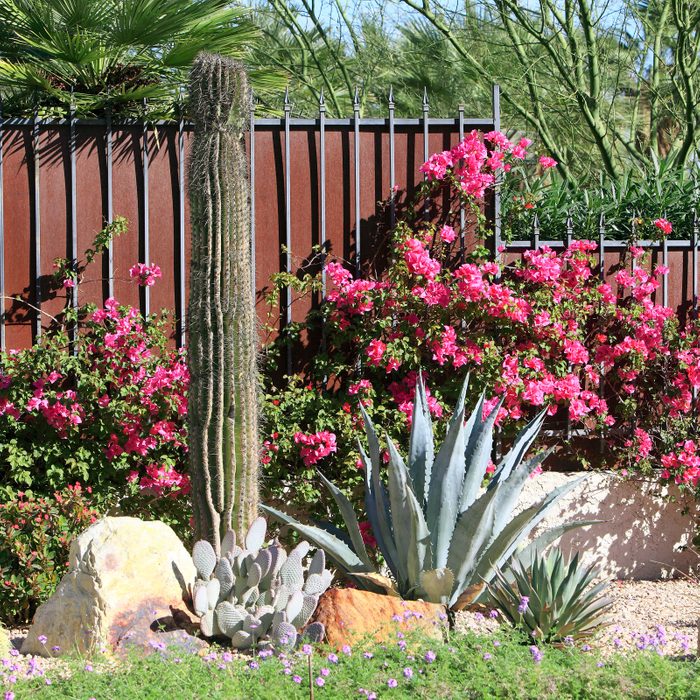
Grow a Less-Thirsty Garden
You can save money on your water bill and time on your weekends by designing your garden with watering in mind.
How it works:
Growing more drought-adapted plants overall is ideal, but you may have a mix of plants. If so, try to group your thirstiest plant —hydrangeas, vegetables and dahlias — in one area near the water source.
Keep plants with like needs together so you can irrigate wisely. That way, you concentrate your efforts and use water efficiently.
Why we like it:
When plants of varied needs are mixed together, you’ll likely overwater some while trying to keep the thirstiest ones happy. This plan lets you water smarter.
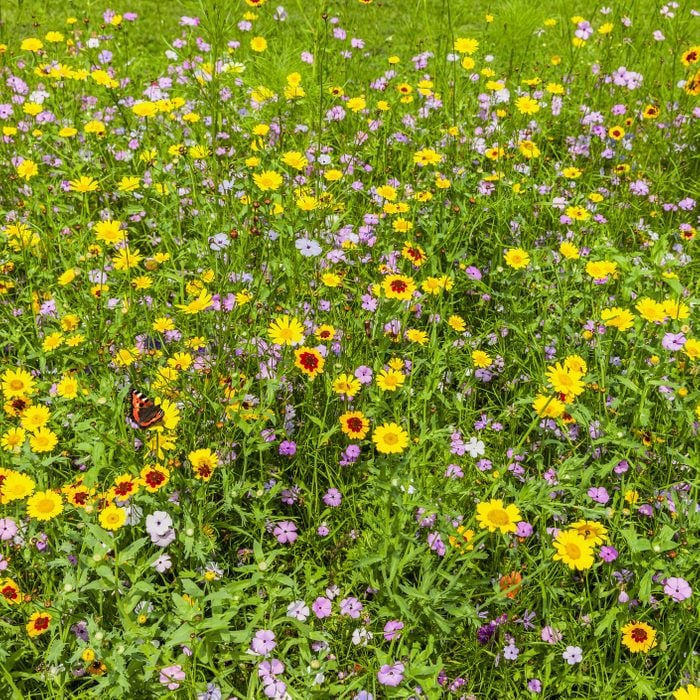
Swap Your Lawn for Native Wildflowers
Lawns require regular fertilizer, weedkiller and mowing to maintain. Save time and money by converting all or part of your lawn to native wildflowers that are more drought-tolerant once established, dislike fertilizers and can be mowed two to three times a year.
It can take time to get a wildflower lawn established, but it will be worth it.
How it works:
To remove and replant an existing lawn
- In fall, lay cardboard and four inches of wood chips where you’d like to remove the lawn. (If you want to replant in spring, you’ll need to dig out the lawn by hand.)
- In spring, remove mulch and disperse to other areas. Dig out any remaining clumps of grass and plant your new wildflowers or eco lawn seed mix.
- Keep a sharp eye and hoe on weeds the first year, and keep the seeds well watered.
To add wildflowers to your growing lawn
- This is not as easy to start as with empty ground, because the turf grass may be more competitive than your new wildflowers. In early spring, overseed patchy areas in your lawn with seeds of individual wildflowers or an eco lawn mix.
- Keep it well watered. Be vigilant about removing weeds for the next two seasons, and if necessary, encroaching lawn grass.
- Reseed next spring if needed to help the new seeds become established.
Why we like it:
Once established, wildflower lawns and eco lawns are easier and cheaper to maintain than turf lawns. They also support local pollinators and biology.
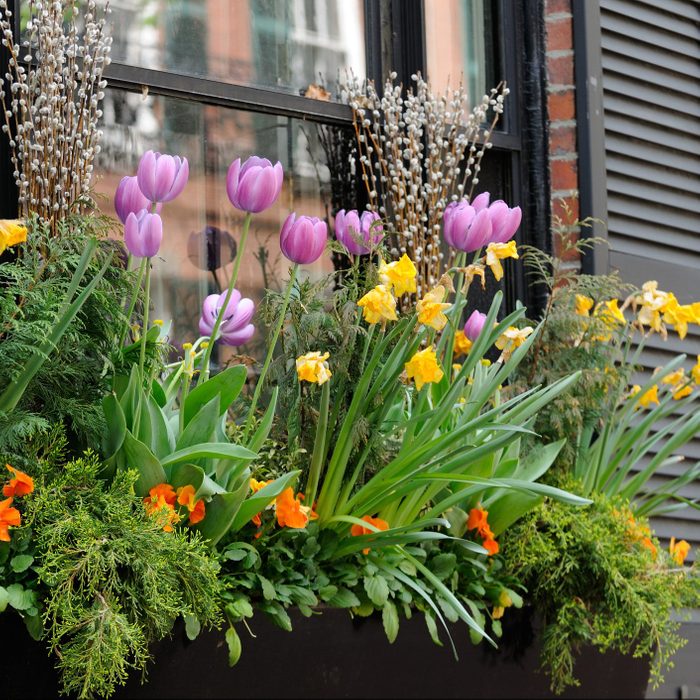
Plant Long-Term Containers
Does your seasonal ritual include replacing your window box or patio container plantings every few months? Packing containers with annuals, which bloom longer than perennials but then die, and need to be replaced?
Filling containers for a lush look, full of color and foliage, runs up the nursery tab quickly. But you can make things easier.
How it works:
Instead of the traditional model of mainly annuals, use 80% perennials and evergreen woody plants and 20% annuals. Choose perennials with great foliage and structure to ground the combination, and use the annuals as the jewelry.
For a shady container, you might start with a purple heuchera, a golden Carex sedge and a small evergreen Sarcococca. Add a purple pansy in spring, a coral begonia in summer and a red pansy in winter as your temporary accents.
Why we like it:
The annuals will need to be swapped out as they die off, but it will be one or two per pot instead of four or seven. Also, because your woody plants have good winter interest, your planters will look better all year, not just in spring and summer.
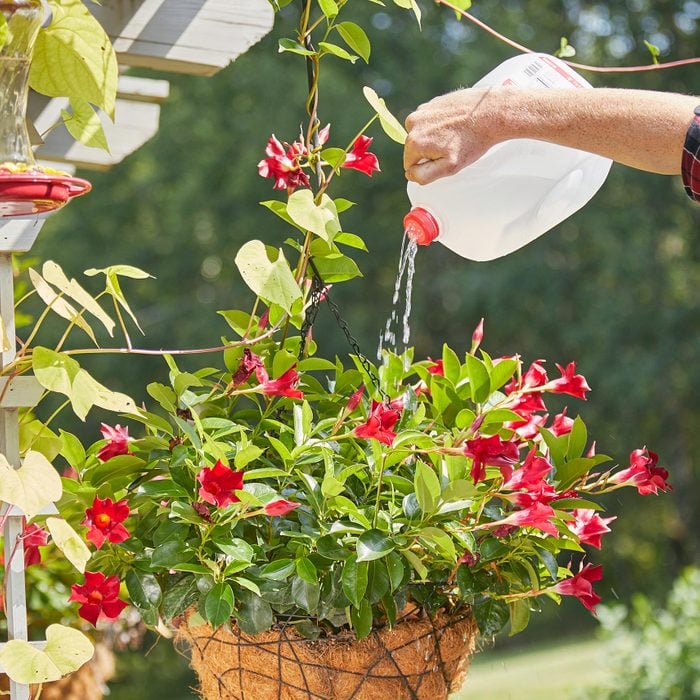
Turn a Milk Jug Into a Watering Can
Streamline your patio watering routine.
How it works:
If you filled your patio with many potted plants, you’re probably tired of refilling your watering can over multiple trips. Instead of buying more watering cans, convert a milk jug by drilling holes into the cap to create a gentle spray for your plants. Make as many as you need.
Why we like it:
The easier your watering routine is, the more likely you are to keep it up.
If you garden in a city or on a patio, you may not have easy access to a hose. Trucking back and forth to the sink feels like a chore after a while. Indoors, I keep small watering cans filled to help as soon as I see a thirsty plant. Your plants will thank you for keeping these simple watering cans at the ready.

